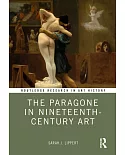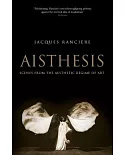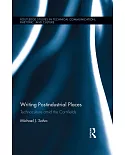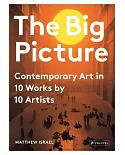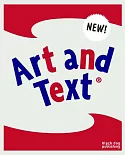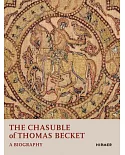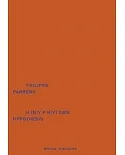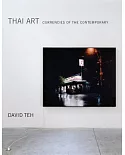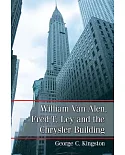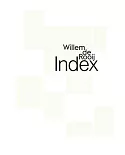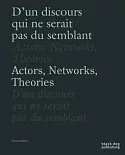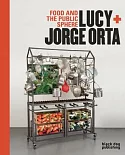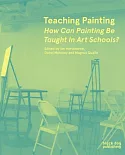Stairway to Heaven explores contemporary urban space through over fifty photographs and a video installation that analyze, within the context of cultural transformation, the changing streets of
China, responses to traditional monuments, and the unparalleled growth in skyscrapers. Because China will be the focus of international attention during the 2008 Beijing Olympics, Stairway to
Heaven offers a unique opportunity and context within which to present the great resurgence of art and culture in China to a larger audience. Today, Chinese culture bridges a range of emotions
and conditions that are both complementary and contradictory, providing new generations with obstacles and opportunities involving wealth, poverty, alienation, competition, and confusion.
Unlike the clarity of propaganda surrounding the Olympics, these artists provide a less-structured environment that invites challenging questions and provocative insights. The book presents
multiple artistic voices, strategies, and techniques as well as a subtext that explores an art world in which artists are digesting and processing an overload of cultural, philosophical, and
technological changes. In their accompanying essays, professors Gan Xu and Gu Zheng, both born during the Maoist period, mine the conflict, tragedy, and hypocrisy of mourning and celebrating,
which seem to be the common themes among the artists. Mark H. C. Bessire and Raechell Smith frame the project with expert observations about the role of Chinese art and artists, suggesting that
the art of this period in China will be recognized for its immense creative output following an incredibly controlled and fallow era of art making under Mao. Who would have thought that after
so much isolation Chinese artists would emerge with the energy and creativity to place Chinese art at the forefront of a global art world in less than a generation. The accompanying essays will
appear in both English and Chinese.




